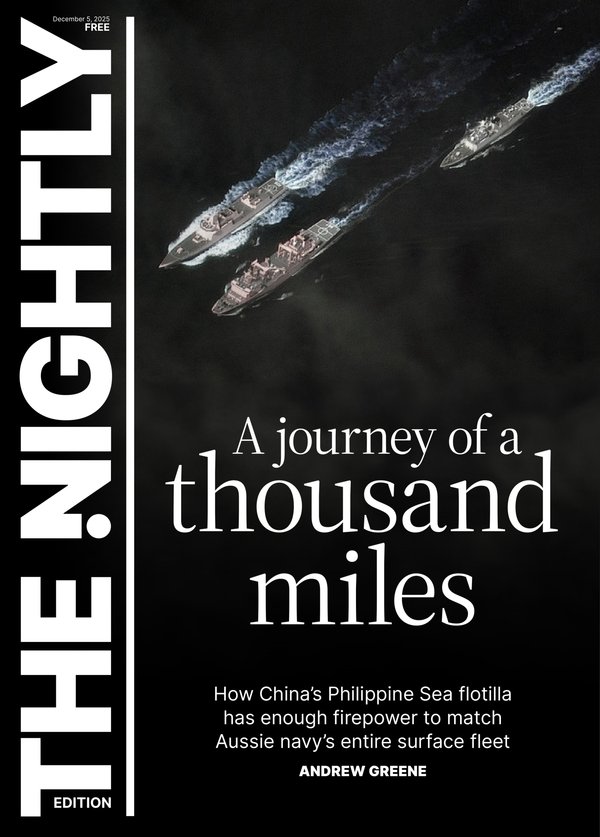AARON PATRICK: Victoria claims a $600 million surplus. That’s almost certainly a lie
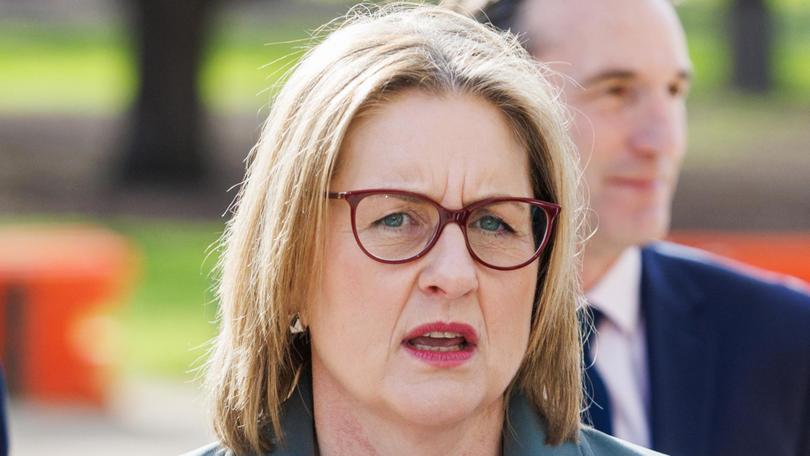
When summer comes, and Melbourne’s private school teenagers abandon the city for parties in Portsea, Lorne and other wealthy beach towns, they won’t have to pay to get there.
That’s because Australia’s most-indebted state will make public transport free in Tuesday’s budget for everyone under 18. The policy is not the budget’s most expensive. But it is almost certainly justified by a lie.
Labor Premier Jacinta Allan argues Victoria can afford bigger transport subsidies because it is about to post its first post-pandemic surplus: the cost of running the government is forecast to be $600 million less next financial year than the income it will receive.
Sign up to The Nightly's newsletters.
Get the first look at the digital newspaper, curated daily stories and breaking headlines delivered to your inbox.
By continuing you agree to our Terms and Privacy Policy.The figure is not credible for two reasons. It does not include infrastructure spending such as railways, tunnels and roads. Treated as investments, they are excluded from what is known as the “net operating surplus” used by the Government to promote its budgetary performance.
The other is the Government’s appalling forecasting record. In every year over the past decade it has underestimated the cost of public service wages, which takes up around 40 percent of the budget.
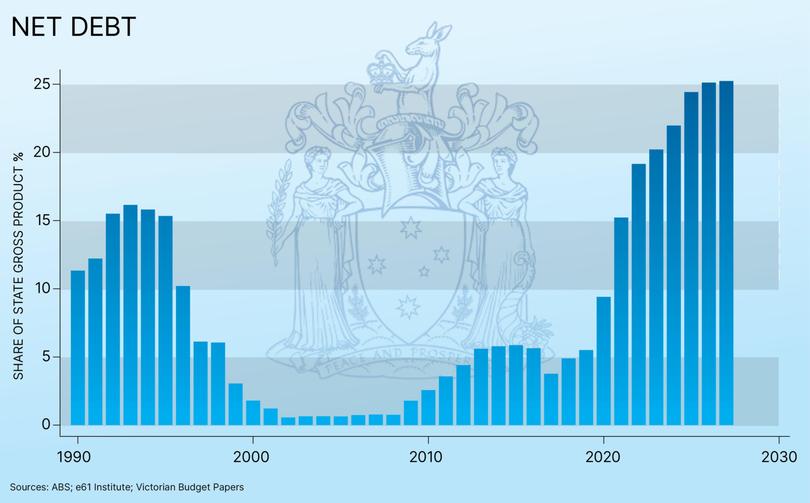
Big miss
Since 2015, Victorian government spending has blown out by $14 billion a year on average, according to calculations by the opposition’s treasury spokesman, James Newbury. For a state that spends $100 billion a year, that’s a big miss, and makes it hard to take Tuesday’s surplus projection seriously.
The decade of poor budget management has turned Victoria into a cautionary tale for other states. Victoria spent big during the pandemic, then did not pull back.
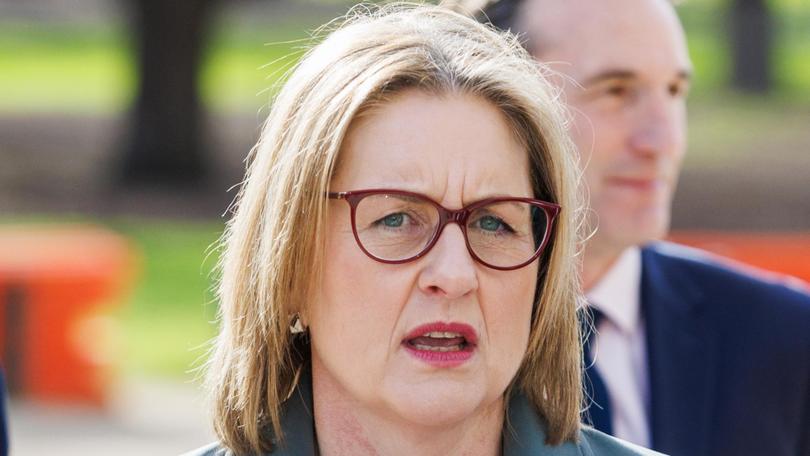
Because of generous pay rises to public servants, huge infrastructure projects, and a reluctance to raise taxes much, Victoria now spends more on interest payments than its police force, in a State where crime is one of voters’ top concerns.
The worst is coming. The more it borrows, the higher interest rates it is charged. In four years, on the government’s own projections, debt will be 40 per cent higher. At some point, to prevent an interest-debt spiral, the Government will have to raise taxes or cut programs.
“Victoria’s testing the limits of the affordability of its government,” says Michael Brennan, the chief executive of the e61 Institute think tank and a former Victorian Treasury deputy secretary.
Binge spending
This week’s budget conveys little evidence the Government is concerned about its fragile finances. Using the surplus as a shield from criticism, Ms Allan is spending like she’s heading into an election.
In addition to the children and teenager travel freebie, the elderly will get free state-wide travel on weekends. Poor families will get $1200 a year to send their children on excursions and enrol in school sport. More measures are expected Tuesday.
The extra social welfare, which will be used by those who don’t need it, follows a decade of binge spending on transport outpacing the state’s population.
Victoria is building a tunnel and bridge for traffic entering central Melbourne from the west for $10 billion. Tunnels linking two freeways in the city’s eastern suburbs are budgeted at $26b.
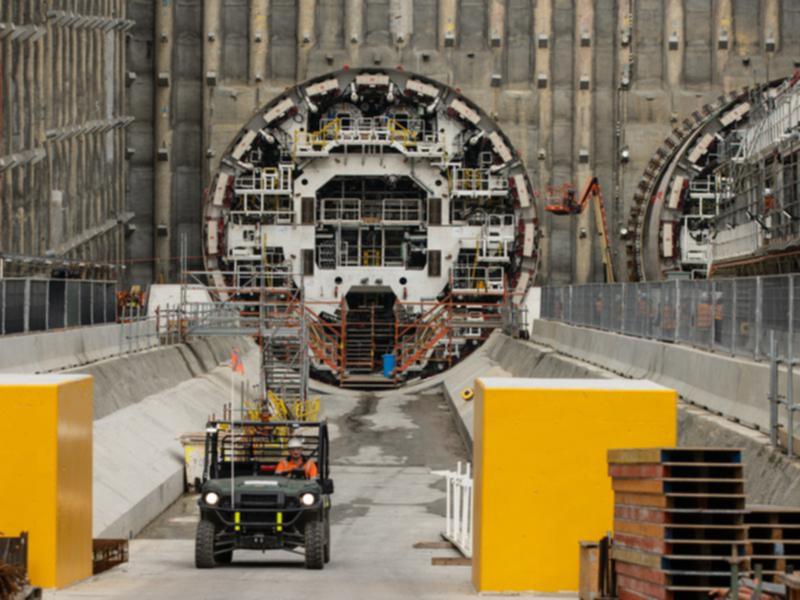
Then there is a rail line that would circle the entire city. The first leg is budgeted at $30b to $35b, or more than $1b a kilometre, although history shows most initial infrastructure budgets are hopelessly optimistic. Tunnelling is scheduled to start next year.
All are sucking in construction workers from other parts of the economy, creating a new class of well-paid public servants -- one represented by the CFMEU.
Ignoring criticism, Ms Allan persists with the fiction the state’s finances are healthy. “I’m focused on delivering the infrastructure our State needs but also to, where we can, provide that help for families right now,” she told the ABC Monday morning.
Providing Government services free is more common in governments about to face voters. Victoria’s next election is not for another 18 months. Betting odds put the Coalition well ahead.
As the Federal election demonstrated, voters have become more comfortable with a bigger state. The Victorian Government seems to have taken note, and begun a spendathon that will persist until election day, irregardless of the long-term financial consequences.

